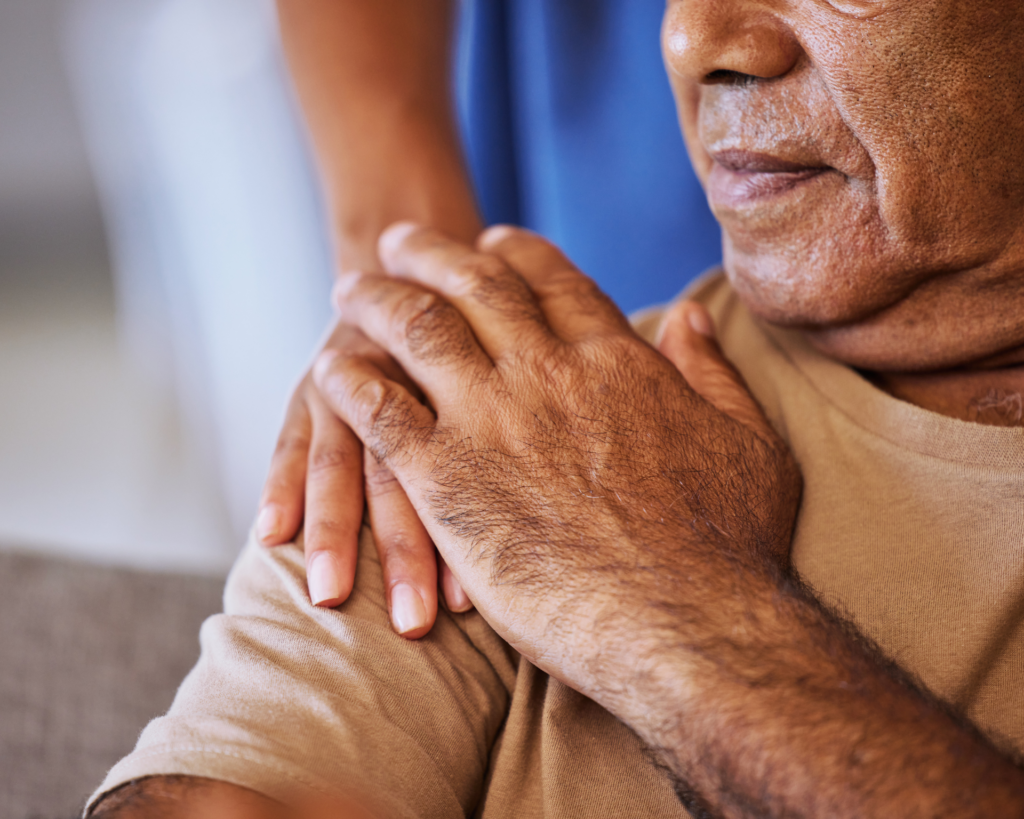Then and Now: Rape Victimization and Perpetration
A recent study compared rates of rape victimization and rape perpetration involving college students across 30 years.

Read Time: 4 minutes
Published:
Rape and other sexual exploitation and victimization involving higher education students has made headlines for years. A recent litigation is an example. The case hinges on whether penetrative sex with an intoxicated victim constitutes legitimate rape. My colleagues and I recently published an article in the Journal of Interpersonal Violence that addresses several points relevant to this case. First, how do you define rape legally? Second, how much rape involves alcohol? Third, given the attention to alcohol education and rape prevention over many years, is sexual misconduct involving alcohol increasing, decreasing, or staying the same?
The fraternity being sued in this case contends that sufficient education and guidelines are in place. But only decreasing rates of assault will reassure the higher education community about the efficacy of current efforts to impact irresponsible and dangerous drinking behavior and its associated sexual harm.
Here’s a condensed version of our findings: 1) Yes, “sex” with an alcohol-incapacitated person who is unable to freely give permission or stop what is happening constitutes rape. 2) The vast majority of college student rapes involve high consumption of alcohol that reaches the level of victim incapacitation. 3) The assertion that current initiatives are effective must contend with our finding that the rate of alcohol-involved rape on campus is notably increasing. It is not decreasing or even being contained.
Rape has many definitions because it is codified in statutes that differ in each state, territory, the District of Columbia, and in federal law. The Federal Bureau of Investigation defines rape as oral, anal, or vaginal penetration, against consent, through force, threat of bodily harm, or when incapacitated, including attempts to rape.
Our recent study compared rates of rape victimization and rape perpetration involving college students across 30 years. We compared data from two large national surveys conducted in 1985 and 2015 using the Sexual Experiences Survey. Survey questions established that the incident or incidents a respondent was disclosing included the defining characteristics of rape following the FBI definition.
Three components had to be present for a situation to qualify as rape: penetration, lack of consent, and one or more illegal means to impose sex acts, specifically exploitation of alcohol incapacitation, threats of harm, or overt physical force. A sample item is: “A man put his penis into my vagina or someone inserted fingers or objects without my consent.” We used specialized statistics used to compare the two sets of data for evidence of increase, decrease or no change.
In 1987, 1 in 4 college women reported having been raped and 1 in 19 men admitted raping. The questions asked participants to report experiences going back to age 14, which includes high school and college. Thirty years later, the comparable figures are 1 in 3 for victimization and 1 in 8 for perpetration. Of these incidents, 75% of the victims were, by their own admission, incapacitated by alcohol alone or alcohol combined with drugs, up from 50% previously.
We recommend an agenda of interventions that focus on reducing perpetration as it is the key to rape prevention.
Men’s likelihood of sexually raping a person who was incapacitated by alcohol or drugs doubled across the years — whether by misleading them about the strength of a drink or the contents of drugs, or by exploiting someone who overconsumed. These victims were incapacitated and unable to consent or stop what was happening. At both time points, virtually all of the rapes men disclosed were of this type. Approximately 1% of the rapes disclosed by men involved force alone without alcohol.
Today’s college students have collectively received years of rape and alcohol prevention programming. Yet, the most common rape prevention programs are largely ineffective according to reviews by the Centers for Disease Control staff. Prevention approaches to alcohol-involved sexual assault prevention are similarly disappointing.
We recommend an agenda of interventions that focus on reducing perpetration as it is the key to rape prevention. Within alcohol abuse prevention, interventions at the community and policy level have more evidence of effectiveness than almost everything that has been tried at the individual or group level.
Institutions could fruitfully pursue interventions at these levels including the images of campus life they project and the management of alcohol use by students including policies such as party registration, required sober monitors and security. Alcohol abuse is the most commonly reported form of student misconduct. Interventions for infractions should clarify the linkage with sexual assault. A second focus of institutional prevention is improved accountability for sexual misconduct, which is currently infrequently sanctioned.
Koss gratefully acknowledges the following co-authors: Kevin M. Swartout, Elise C. Lopez, Raina V. Lamade, Elizabeth J. Anderson, Carolyn L. Brennan, and Robert A. Prentky.



